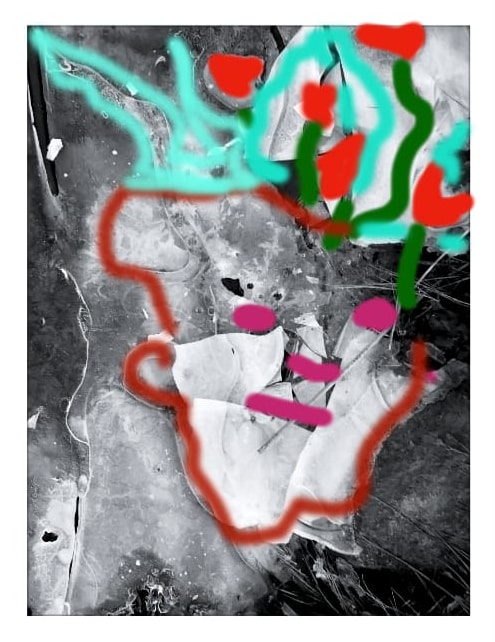In the summer of 1595, when Shakespeare wrote A Midsummer Night's Dream, England was experiencing an unprecedented drought. Will brought this calamity into his script as a wink to then modern times amidst the tale from ancient Greece of Theseus and Hipployta's 2 week-long wedding celebration: Four days will quickly steep themselves in night./Four nights will quickly dream away the time./And then the moon, like to a silver bow/New bent in heaven, shall behold the night/Of our solemnities.
It is Hipployta's Faerie Queene alter-ego who states:
And thorough this distemperature we see
The seasons alter: hoary-headed frosts
Fall in the fresh lap of the crimson rose,
And on old Hiems’ thin and icy crown
An odorous chaplet of sweet summer buds
Is, as in mockery, set.
The spring, the summer,
The childing autumn, angry winter, change
Their wonted liveries, and the mazèd world
By their increase now knows not which is which.
A speech never more relevant to today's unstable climate and untimely severe weather events.
Hiems means winter in Latin and here Shakespeare personifies Winter with a possessive, old Hiems' thin and icy crown. In my portrait, Hiems' crown is fracturing and tumbling from his head, wreath of roses and all.
The broken face of Old Hiems may be hard to discern up close, but from across the room his mask of ice, cold and cracked, covering the lower half of his face and one of his eyes, is clearly apparent.

